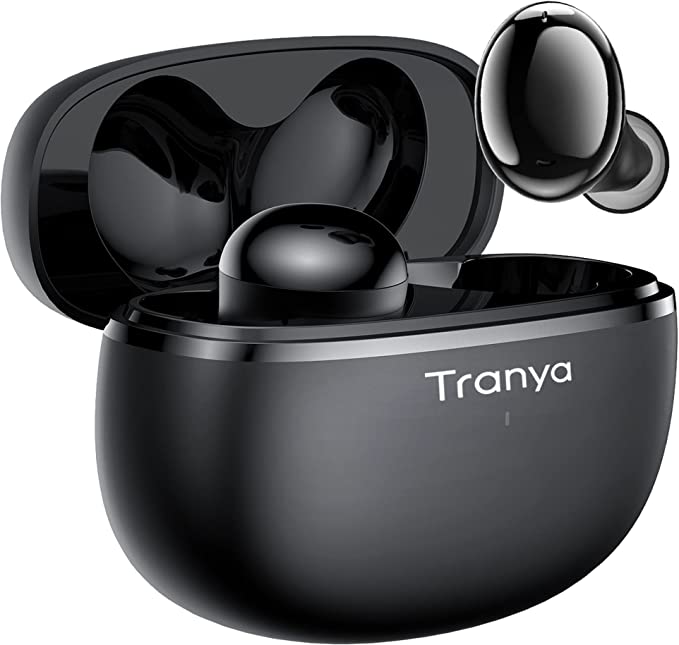SPY ASSOCIATES Rabbler Noise Generator: Protect Your Conversations with Cutting-Edge Sound Masking Technology
Update on Aug. 4, 2025, 1:28 p.m.
In our hyper-connected world, we’ve come to accept a disquieting truth: our digital lives are perpetually audited. Every click, search, and message leaves a trace. Yet, we still cling to one sacred bastion of privacy—the physical conversation. The whispered secret, the closed-door negotiation, the confidential consultation. We instinctively believe these spoken words dissipate into the air, protected by the simple laws of physics. This belief is now dangerously obsolete. In an age of miniaturized microphones, laser listening devices, and AI-powered audio enhancement, the air itself can be a hostile witness. The fight to reclaim conversational privacy is on, and victory, paradoxically, lies not in achieving silence, but in deploying a smarter, more devious kind of noise.
To understand this new frontier of acoustic defense, we must first look to its predecessor: the familiar, steady hiss of white noise. For decades, this was the go-to tool for sound masking. The principle behind it, known in acoustics as energetic masking, is one of brute force. Imagine trying to hear a faint whisper during a raging thunderstorm. The sheer acoustic energy of the storm’s roar completely overwhelms the delicate sound waves of the whisper, rendering it unintelligible. A white noise generator in a sensitive meeting does the same thing, blanketing the room in a broad spectrum of sound to drown out human speech. It’s a wall of sound. But as with any wall, determined adversaries can often find a way over or through it. With modern digital signal processing, a recording of a conversation masked by simple white noise can often be “cleaned,” filtering out the monotonous hiss to recover the underlying speech. The wall, it turns out, was rather uniform and easy to dismantle.

This is where the paradigm shifts from brute force to cunning deception. The breakthrough comes from a deeper understanding of our own biology, a field known as psychoacoustics—the study of how we perceive sound. The real magic isn’t in masking the ear, but in confusing the brain. This advanced principle is called informational masking.
Forget the thunderstorm. Instead, picture yourself at a party, trying to listen to a friend. Now, imagine a second person stands right next to you and begins speaking in a similar tone and cadence, but spouting complete nonsense. Your brain, which is masterful at filtering out background music or the clinking of glasses, suddenly faces an immense challenge. It has to distinguish between two speech-like signals. It struggles, it fails, and it loses track of the original conversation. This is informational masking. It doesn’t rely on overwhelming power; it relies on cognitive sabotage. It corrupts the target signal with structurally similar, yet meaningless, information.
This is precisely the strategy employed by a new generation of privacy tools, exemplified by devices like the SPY ASSOCIATES Rabbler Noise Generator. It doesn’t produce a simple hiss. Instead, it generates a chaotic, non-repeating audio stream specifically engineered to sound like a babbling crowd. It is, for any eavesdropping microphone, the cocktail party from hell. When this “speech-like noise” is laid over a real conversation, it becomes profoundly difficult for both the human brain and sophisticated AI algorithms to separate the true signal from the noise. The two are so structurally similar that filtering becomes a near-impossible task.

The design of such a device is a testament to precision engineering. Its effectiveness is sharpened by targeting a specific frequency range: 300 Hz to 3600 Hz. This isn’t an arbitrary choice. It is the critical bandwidth for human speech intelligibility—the very frequencies our brains rely on to distinguish consonants and vowels. By concentrating its disruptive energy in this key range, the generator performs a kind of precision acoustic strike. It’s not wasting energy on irrelevant low rumbles or high-pitched squeals; it’s focused entirely on making human speech dissolve into the background babble. The result is a highly efficient and portable defense, often powered by a simple 9V battery, ready to be deployed on a boardroom table or in a café corner.

This evolution from energetic to informational masking marks a significant turning point in the personal privacy arms race. It represents a move away from passive strategies, like trying to find a hidden bug (TSCM, or Technical Surveillance Countermeasures), to a proactive defense that assumes a threat may already be present and neutralizes it at the source.
Of course, no single tool is a panacea. A device like this is one component in a comprehensive, multi-layered security strategy. But it is a powerful one. As our world grows louder with surveillance, the ability to protect our conversations may not lie in creating pockets of perfect silence, but in mastering the art of intelligent noise. The future of privacy isn’t quiet. It’s a carefully engineered, brilliantly chaotic babble that ensures your whispers, and yours alone, get through.



























































